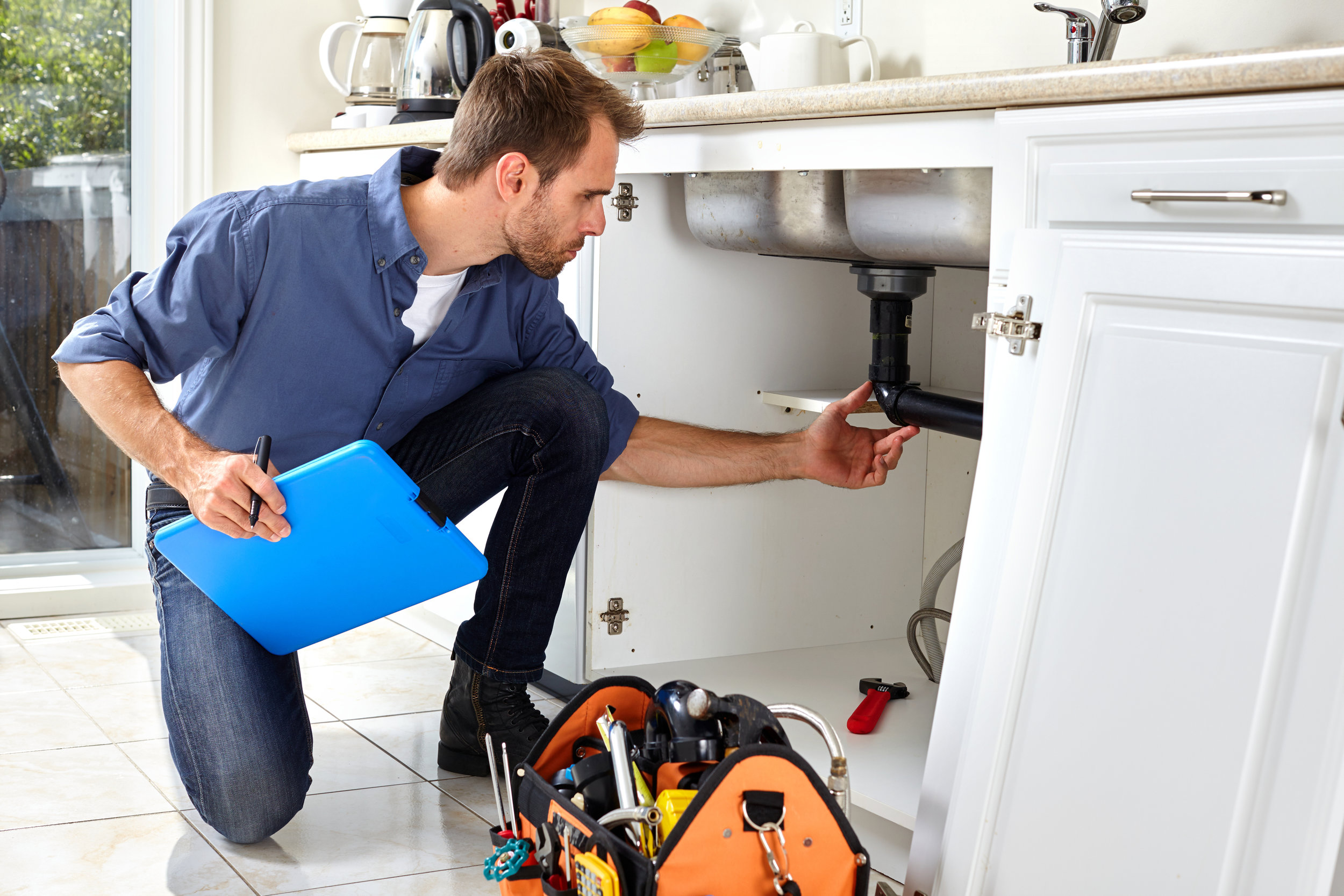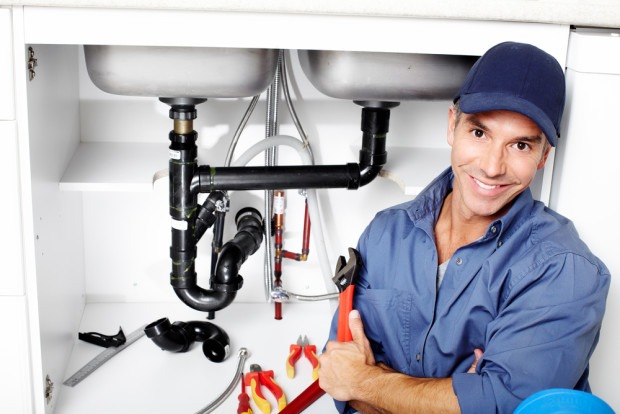How to Keep Your Home’s Water Flowing Smoothly: A Practical Guide from a Plumber Mississauga
How to Keep Your Home’s Water Flowing Smoothly: A Practical Guide from a Plumber Mississauga
Blog Article
Common Pipes Problems Every Property Owner Must Be Mindful Of
House owners often come across a variety of pipes problems that can interfere with every day life. Typical problems include leaking faucets, blocked drains, and running bathrooms. These problems typically come from damaged parts or debris buildup. Furthermore, low tide stress and ruptured pipes can signify deeper troubles. Recognizing these challenges is crucial for efficient upkeep. There are other less apparent problems that can arise, which call for closer exam.
Leaking Taps
Dripping taps can be a frustrating hassle for property owners. These consistent leaks not only produce an annoying audio but likewise cause thrown away water and raised energy expenses. A leaky faucet frequently arises from damaged washers, O-rings, or seals, which weaken over time due to regular usage and direct exposure to water. In many cases, the tap's interior components may be rusted or harmed, necessitating a much more considerable fixing or substitute. Recognizing the source of the leakage is essential; home owners may require to dismantle the tap to analyze its parts carefully. Regular upkeep can aid stop leakages, including cleaning aerators and inspecting for indicators of wear. Addressing a leaky faucet immediately can save water and decrease prices, making it a manageable yet crucial job for home owners to take on in preserving their plumbing systems successfully. Appropriate interest to this usual concern can bring about a more comfy living environment.
Obstructed Drains
Lots of house owners experience the frustration of stopped up drains pipes at some time. This usual plumbing issue can develop from different causes, including the buildup of hair, soap deposit, food fragments, and grease. These products can create blockages that prevent the flow of water, resulting in slow down drain or total stoppage.In kitchens, oil and food scraps are typically the offenders, while bathrooms regularly experience hair and soap buildup. Normal upkeep, such as making use of drainpipe strainers and staying clear of putting fats down the sink, can assist protect against clogs.When a blockage does occur, property owners may try to utilize a bettor or an industrial drain cleaner as first solutions. Consistent concerns may need professional help to avoid damages to pipelines. Comprehending the reasons and prevention techniques for blocked drains pipes can save house owners money and time, making certain a smoother pipes experience

Running Toilets
Running bathrooms are a common concern that can come from various causes, including faulty flappers and chain troubles. The continual running not just wastes water yet likewise causes raised utility bills. Addressing these problems quickly can bring back and avoid further problems effectiveness to the plumbing system.
Sources Of Running Toilets
A relentless circulation of water from a bathroom can be both wasteful and bothersome, frequently indicating underlying issues within the pipes system. One common reason is a worn flapper shutoff, which might not create a proper seal, permitting water to continually leak into the bowl. In addition, a malfunctioning fill valve can cause excessive water flow, adding to the trouble. Misaligned float mechanisms might also create the commode to run as they stop working to manage the water level suitably. Another potential problem is mineral accumulation, which can obstruct elements and prevent their performance. Determining these reasons without delay can aid house owners resolve the issue prior to it intensifies, guaranteeing reliable operation of their plumbing system.
Consequences of Continuous Operating
Although usually neglected, the repercussions of a continually running bathroom can greatly affect both water usage and house expenditures. A running bathroom can squander approximately 200 gallons of water daily, causing raised water bills and unneeded source usage. This excessive water use not only strains the household spending plan but likewise adds to ecological problems, particularly in locations encountering water shortages. Additionally, the continuous noise of running water can be a resource of inconvenience, disrupting the peace of the home - Plumber. Furthermore, prolonged problems may lead to even more significant plumbing problems if left unaddressed, resulting in more economic burdens. Homeowners must identify the value of prompt repair work to minimize these damaging results and maintain an effective pipes system
Fixing Running Commode Issues
Bathrooms that constantly run can be a frustrating concern for house owners, however determining the reason is the very first step towards an efficient solution. Typical causes consist of a defective flapper, which might not develop an appropriate seal, allowing water to run away right into the bowl. If essential, home owners ought to check the flapper for wear and replace it. Additionally, the fill shutoff might be malfunctioning, causing excess water to flow continually. Changing this element or changing might settle the concern. One more prospective culprit is a misaligned float, which can be adapted to the proper elevation. Routine upkeep and prompt repairs can avoid running toilets, guaranteeing both water preservation and cost financial savings on utility expenses.
Low Water Stress
Low tide pressure can be a frustrating experience for house owners, usually manifesting as a weak stream from showerheads and faucets. This problem can come from various reasons, consisting of sediment buildup in pipes, rusty pipes, or issues with the local water system. Homeowners may at first discover low tide pressure in certain locations of the home, however it can rise to a much more prevalent trouble if not resolved promptly.In some situations, malfunctioning pressure regulators can also be in charge of insufficient water flow. Routine maintenance, such as flushing the water heating system and looking for obstructions, can assist minimize these issues. It may be required to seek advice from a professional plumbing technician to identify and solve the underlying reason if reduced water pressure persists. Determining the resource of low tide pressure is essential for learn the facts here now bring back proper water circulation and ensuring a practical plumbing system.
Ruptured Pipes
Burst pipelines can be a serious pipes issue, often resulting from the same variables that add to low tide pressure, such as temperature level changes and aging infrastructure. When water ices up within pipes, it broadens, raising stress up until the pipe can no more have it, causing a rupture. In addition, rust from extended direct exposure to water can damage pipelines, making them susceptible to bursting under normal pressure.Homeowners may discover signs of a ruptured pipeline with unexpected water leakages, damp spots on ceilings or walls, and an unforeseen boost in their water costs. Immediate activity is vital; stopping working to deal with a ruptured pipeline can lead to substantial water damages, mold and mildew growth, and costly repairs. Regular examinations and maintenance of pipes systems can assist stop this issue. Shielding pipelines in colder areas and changing old piping can significantly lower the risk of burst pipes, protecting the home's pipes integrity.
Hot Water Heater Issues
Exactly how can homeowners determine water heating system concerns before they rise? Normal assessment and maintenance can help detect possible issues early. Property owners ought to seek indicators such as inconsistent water temperature, unusual sounds, or a decrease in hot water supply. Leaks or puddles around the unit might suggest a malfunction that needs prompt attention. The look of rust or sediment buildup can likewise signify the demand for maintenance.Additionally, house owners should check the age of their hot water heater; most units have a life-span of 8 to 12 years. It may be time to mirror on replacement if the heating system is approaching this age and showing indications of wear. Regular flushing of the tank can stop debris accumulation, extending the unit's life. By staying alert and dealing with problems without delay, home owners can avoid expensive fixings and ensure their water heating unit operates successfully for years to find.
Sewage System Line Troubles
Numerous homeowners might come across drain line issues eventually, affecting their pipes system's overall capability. Usual problems consist of obstructions, tree root invasions, and pipeline damage. Clogs often result from the build-up of grease, hair, and foreign things that obstruct the circulation of wastewater. Tree origins can infiltrate sewer lines, triggering fractures and leakages. In addition, maturing pipes may corrode or damage, resulting in further issues (Plumbers Near Me). Indicators of sewer line trouble include slow-moving drains, unpleasant smells, and sewer backups, which can present wellness dangers. Home owners must address these problems immediately to stay clear of substantial damages and costly repair services. Routine maintenance, such as set up examinations and cleansing, can aid protect against considerable problems. In severe situations, professional intervention might be required to fix or change damaged sections of the drain line. Being mindful of these prospective troubles can aid house owners take aggressive measures to keep their plumbing systems properly
Regularly Asked Concerns
How Can I Stop Plumbing Issues in My Home?
To avoid plumbing troubles, routine maintenance is necessary. Property owners ought to evaluate pipelines for leaks, clean drains, and monitor water pressure. Furthermore, informing themselves about appropriate usage can considerably decrease the threat of future pipes concerns.
When Should I Call a Plumbing Technician As Opposed To Repairing It Myself?
Determining when to call a plumbing professional usually relies on the seriousness of the concern. Considerable leakages, consistent obstructions, or strange problems require professional aid, making certain safety and protecting against additional damage as opposed to taking the chance of personal efforts at fixing.
What Are the Signs of Hidden Pipes Leaks?
Indications of covert plumbing leaks go to my blog include unexplained water expenses, wet places on ceilings or walls, mold growth, and a moldy smell. These indicators often recommend underlying issues that need expert analysis and repair work for resolution.
How Commonly Should I Have My Pipes Checked?
Routine plumbing assessments are recommended every one to 2 years. This regularity aids recognize possible concerns early, making sure the system stays effective and minimizing the threat of expensive repairs or unanticipated emergencies in the future.
Exist Do It Yourself Solutions for Minor Plumbing Issues?

Report this page